about our gems
White diamonds in all their glory, but if a more colorful style appeals to you, look here! All precious stones except diamonds are usually called colored stones. The word contains both classic gemstones such as sapphire but also modern alternatives such as pink morganite, which is one of the gemstones in our colorful Fairytale series. No color stone is similar to the other, but each carries its own history and unique color shade.

Gemstone jewelry
Some see colored stone jewelry as the ideal fashion accessory and choose a color that fits well with their wardrobe, while others attach a deeper meaning to their unique jewel and let it become a power ring that symbolizes something they want to be reminded of every day. More and more people also choose a ring with a colored stone for weddings and engagements.
White sapphires - value, meaning and rarity
Sapphires come in many colors, including white. The white sapphire is the colorless version of a sapphire and is often compared to diamond due to its similarity in appearance, but there are some significant differences.
White sapphires have a unique charm, something that sets them apart from other colorless stones and from their colored sapphire counterparts.
Sapphires are mostly recognized for their deep blue hue, but there are many other colors as well such as various shades of pink, yellow and green. Like all sapphires, white sapphires are a form of the mineral corundum, which ranks 9 on the Mohs hardness scale just after diamonds. It is thus a very durable stone that was created under the earth's surface over millions of years.
With its similar appearance to diamonds and significantly lower prices, white sapphire is the perfect alternative to the beautiful but valuable diamond. There are a few things that set diamonds and white sapphires apart. To begin with, a white sapphire does not radiate the same brilliance as a diamond. This is perhaps no surprise, as this is what diamonds are really known for and what makes them significantly more valuable. Even so, diamonds and sapphires are remarkably similar to each other to the untrained eye. If you care more about the size and price of the stone, a white sapphire might be for you. An unconventional stone to wear, whether for an engagement ring or an earring, sapphires have their own special charm and are still a genuine gemstone created over millions of years.
One cannot also ignore the fact that the prices of white sapphires are far lower than diamonds. This means you can get a much larger stone.
Finally, sapphires are one of the four precious gemstones which include diamonds, rubies, emeralds and sapphires. This means that even if it is not a diamond, they are rare and special.
THE COLOR STONES IN OUR FAIRYTALE SERIES
Our color stone specialists follow the precious stones' journey from rock to jewelry. This means that your gemstone ring contributes to long-term sustainability and financial security for those involved in the various local communities – both at the source and during the grinding.
In our ring series Fairytale, we let three gemstone types characterize the collection. Morganite, Aquamarine and Snow White Beryl. All gemstones belong to the beryl family, which is one of the most exclusive when it comes to natural gemstones. The gemstones are characterized by their pastel tones. Be inspired by the subtle pink hues of morganites, the pale seawater blue of aquamarines and the crisp colorlessness of snow-white beryl.

The most famous beryl is emerald, which is a green beryl, while morganite is a pink beryl and aquamarine is blue. The beryls get their colors depending on the kind of rock they were formed in. If the rock is extra rich in iron, the beryl turns blue. If the rock is instead naturally rich in chromium, the shade will be green. Pink morganite occurs if the rock is naturally rich in the element manganese. If none of these elements are present in excess in the rock, the beryls remain colorless like diamonds, and then become snow-white beryls.
Beryl is one of the hardest gemstones after diamond, sapphire and ruby. Beryl has a hardness between 7.5 and 8 on the Mohs hardness scale (scale 1 to 10). Even so, you should be careful with your ring, as impacts against hard surfaces can, in the worst case scenario, lead to damage to the gemstones. You should therefore not use colored stone jewelry during activities where there is a risk of shock, such as gardening and exercise. Also read our care advice on how to best care for your gemstone ring.
RESPONSIBLE PURCHASE
Each beryl included in Schalin's color series is cut from raw crystals of the highest quality, and you can see this in the crystal clear seawater-like tone of the aquamarines, in the fresh luster of the snow-white beryls and in the subtle pastel pink of the morganites. When a beryl is of lower quality, a brown undertone often takes over, which is not the case in our rings.
Click through to be inspired by Fairytale - our ring series with colored stones.

Raw crystal
It is not only better craftsmanship that makes a beautifully cut gemstone more exclusive. More than 70 percent of a rough crystal's weight is generally lost when a gemstone is cut. With a grind that gives ideal brilliance, even more weight is lost - often more than 80 percent. This means that a gemstone with a beautiful cut requires a larger raw crystal and thus becomes more rare.
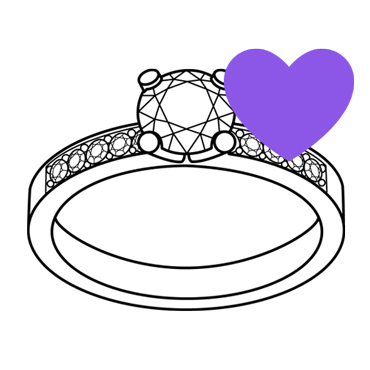 Popular engagement rings
Popular engagement rings Plain rings
Plain rings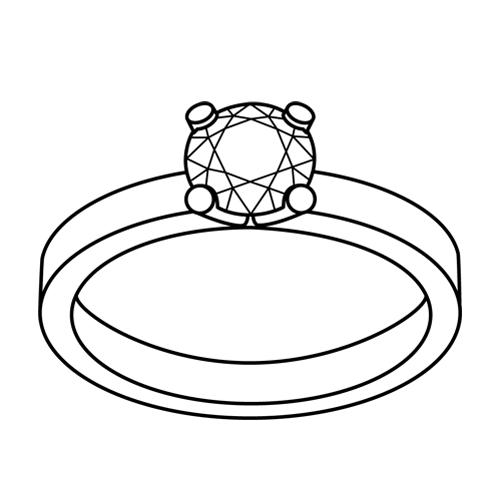 Solitaire rings
Solitaire rings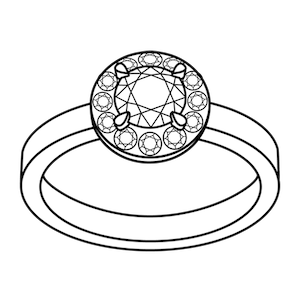 Halo rings
Halo rings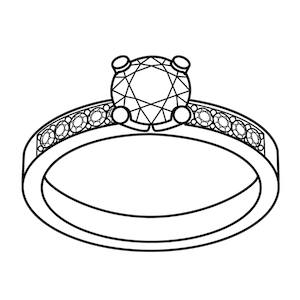 Side stone rings
Side stone rings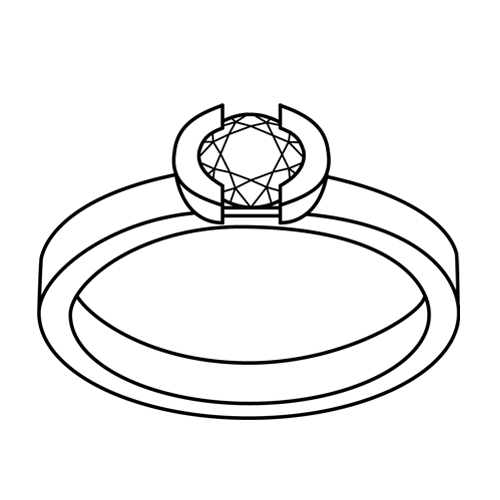 All engagement rings
All engagement rings Popular engagement rings
Popular engagement rings  Plain rings
Plain rings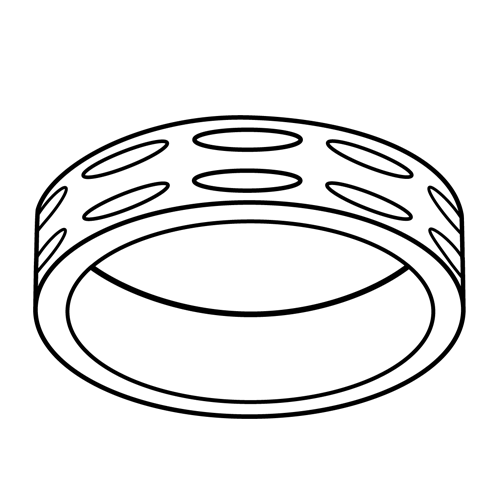 Patterned rings
Patterned rings  Multicolored rings
Multicolored rings 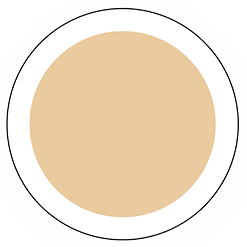 Rings in red gold
Rings in red gold Rings in white gold
Rings in white gold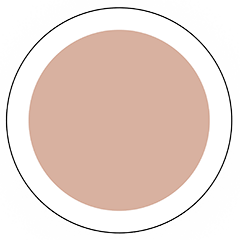 Rings in rose gold
Rings in rose gold Platinum rings
Platinum rings Palladium rings
Palladium rings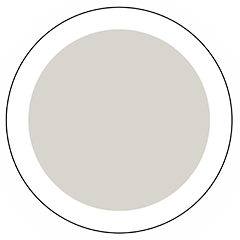 Silver rings
Silver rings Titanium rings
Titanium rings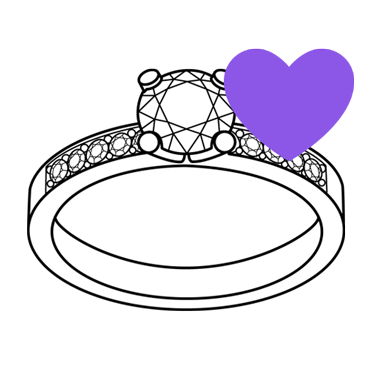 Popular wedding rings
Popular wedding rings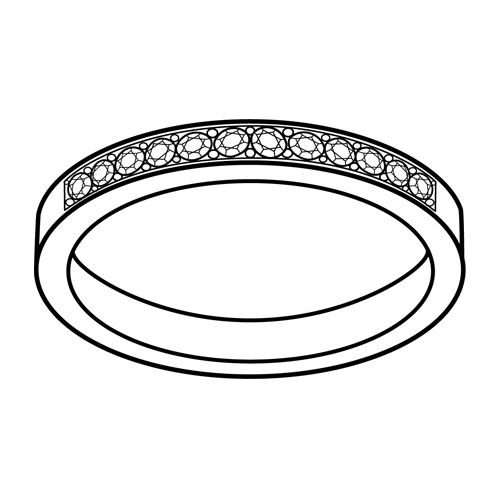 Alliance rings
Alliance rings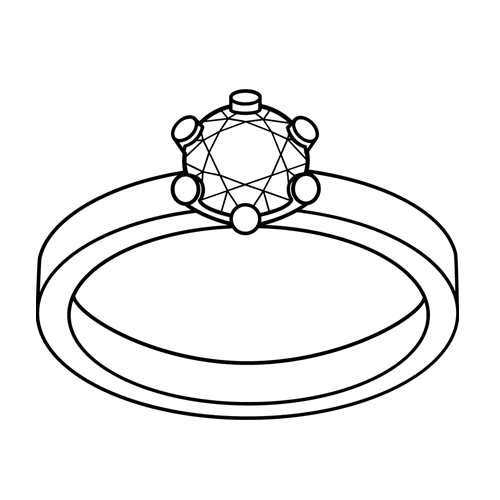 Diamond rings
Diamond rings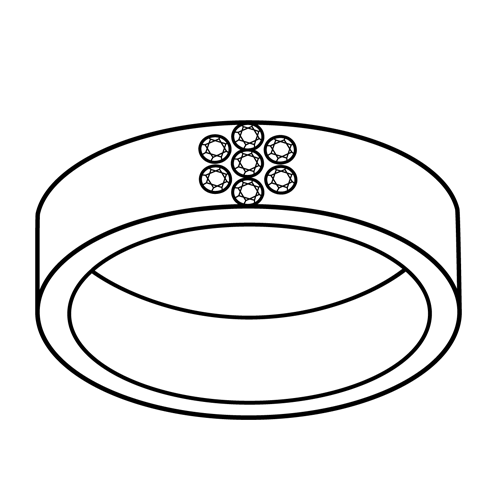 All wedding rings
All wedding rings All wedding rings
All wedding rings Rings in red gold
Rings in red gold Rings in white gold
Rings in white gold Rings in rose gold
Rings in rose gold Platinum rings
Platinum rings Palladium rings
Palladium rings Silver rings
Silver rings Titanium rings
Titanium rings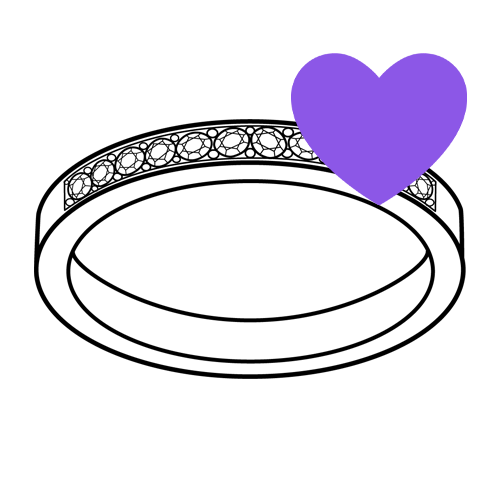 Popular wedding rings
Popular wedding rings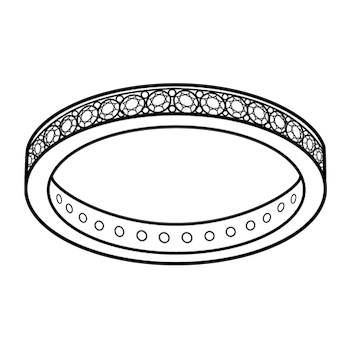 Narrow alliances
Narrow alliances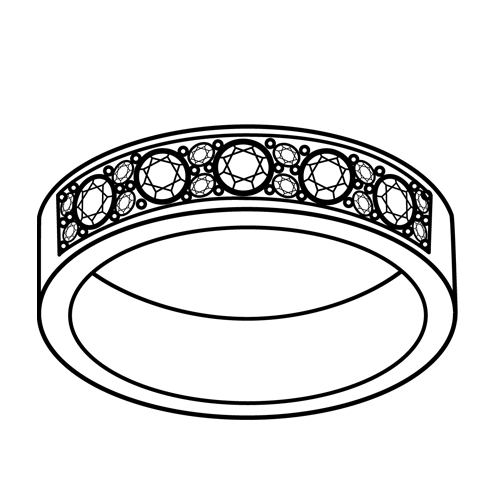 Broad alliances
Broad alliances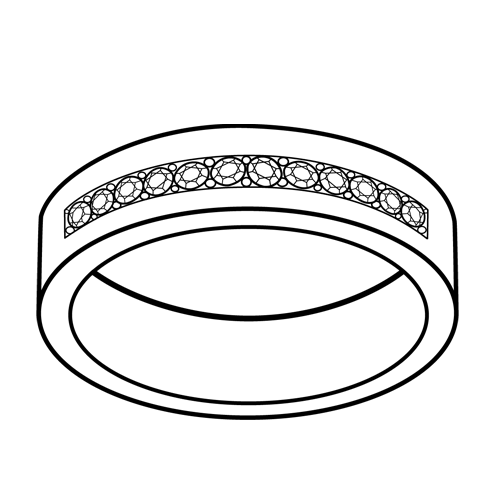 All alliance rings
All alliance rings Alliance rings in red gold
Alliance rings in red gold Alliance rings in white gold
Alliance rings in white gold Platinum rings
Platinum rings Palladium rings
Palladium rings Silver rings
Silver rings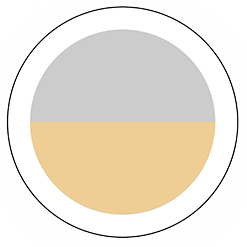 Multicolored wedding rings
Multicolored wedding rings Popular plain rings
Popular plain rings Narrow plain rings
Narrow plain rings Wide plain rings
Wide plain rings Patterned rings
Patterned rings Multicolored rings
Multicolored rings All plain rings
All plain rings Rings in red gold
Rings in red gold Rings in white gold
Rings in white gold Rings in rose gold
Rings in rose gold Platinum rings
Platinum rings Palladium rings
Palladium rings Silver rings
Silver rings Titanium rings
Titanium rings



